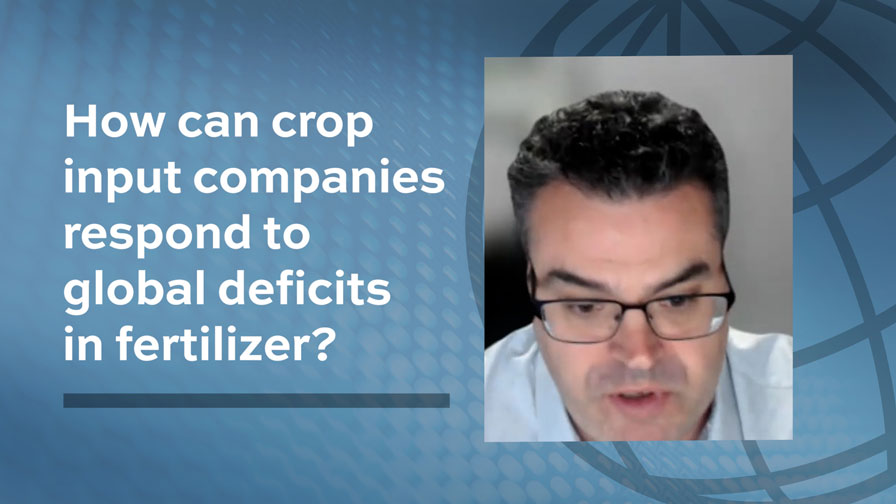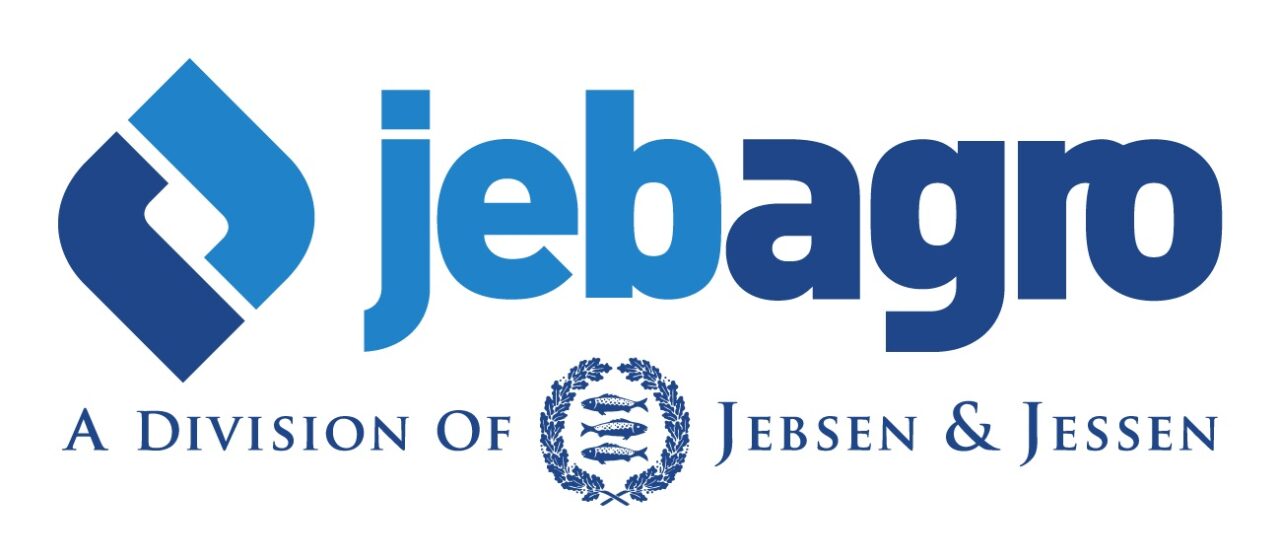Brazil Potash, the Mura, Environmental Concerns, and Brazil’s Plan to Decrease Potash Imports

With 828 million people facing hunger around the world as stated in the United Nation’s 2022 edition of The State of Food Security and Nutrition report, the need for successful food production in 2023 is crucial. For countries like Brazil — which exports $160 billion in food products annually and is the fourth largest agricultural producer globally — continuing to produce and increase yields is essential to global food security. With Brazil importing 85% of its fertilizer, the Brazilian government is looking to source potash from within its own borders after facing a potash deficit in 2022 brought on by the Russian-Ukraine war and supply chain issues during the COVID-19 pandemic.
Matt Simpson, CEO of Brazil Potash, a Canadian company looking to mine potash in the Amazonas State of Brazil, says that while increasing the domestic production of potash is welcomed by some Brazilian government officials, it’s also met with opposition from those concerned with the environmental impacts and some of the Mura, a local indigenous tribe living in the Amazon near the mining sites. Simpson shares how his company is progressing in consultations with key stakeholders.
ABG: How is the Brazilian government dealing with the challenges they’ve faced with importing fertilizer in 2022?
MS: The Brazilian government put out, in the spring of this year, a national fertilizer plan to try to reduce their current 85% fertilizer import dependence down to 45% imports by 2050, because the country is just so exposed to global supply disruptions. For Brazil, potash and fertilizer are essential to continue increasing its food production. One of the big problems in Brazil is that the soil has a high clay content, so growers don’t just use fertilizer to increase crop yield. Those inputs are essential to replace the nutrients that are both absorbed but are also washed away in the case of high-clay soil. In Brazil, there are multiple cropping seasons –- the climate is advantageous for growing crops year-round and therefore nutrients are rapidly depleted in the soil as plants take them up. These nutrients need to be replenished so that the soil remains healthy for subsequent crop growth, but one of the big challenges is securing enough fertilizer, such as potash, given that most of the product is coming from offshore.
When Russia invaded the Ukraine, it caused potash prices to spike in Brazil. They went up 400%, just shy of $1,200 per ton. The prices have since pulled back, currently sitting around $700 per ton, which is still way above what the historical average. This has put a strain on the farmers in terms of how cost effective is it to maintain optimal application rates. The problem is that if farmers don’t maintain an optimal application rate, yields will drop, and that means less food, which means higher prices and lower availability of food, especially for impoverished people.
ABG: For your company, your goal is to mine potash to help Brazil reduce their dependence on importing potash. How is that going?
MS: I think it’s absolutely critical that they have a domestic source of potash. That’s largely what my company is looking to do, to develop a potash basin in the Amazonas State of Brazil, to satisfy this need. The basin has the potential to be twice the size of the Russian-Belarusian mining space and about two-thirds the size of Canada’s. This is obviously a very important project to me, personally, because I’m charged with bringing a transformative project to life, but to put it into perspective, having a domestic source of potash means fewer supply shock shortages to the country, lowering transportation costs, and carbon emissions. Ultimately, it’s going to benefit everyone, because it’s going to mean a lower price for the farmers, which will support potash application rates, producing higher crop yields and more food at lower prices.
ABG: With all the good that you say your project will bring, my understanding is that the mining site is being built on the Mura’s sacred land? Where you are at right now, as far as negotiations with the Mura?
MS: We are in the Amazonas State of Brazil, which is known for the Amazon rainforest, but our project is not located on primary rainforest. It’s located on low-density cattle farming land that was deforested by prior owners many decades before we got involved in the project. A portion of the land that we drilled is on indigenous land, but the vast majority is not on indigenous land. We segregated our reserve such that we’re only currently permitting the portion that’s not on indigenous land.
We did go through all the normal processes in Brazil, which are largely led by the government. In terms of consultations, we went to public hearings, where we had more than 4,500 people. There was a large number of indigenous people that participated in those hearings. However, we did get a complaint from a non-government organization that said that the indigenous peoples were not consulted in accordance with what’s called International Labor Organization 169. This is an international protocol that several countries, including Brazil, have signed that says that the indigenous people will not only have free and informed consultation, but that it will be done in a manner of their choosing. While we did do the consultations involving indigenous people, it was not following the ILO 169 guidelines. We voluntarily agreed to have our permit temporarily suspended, so that we could conduct those consultations in accordance with ILO 169. That’s been a two-step process. The first step is the indigenous people come up with the actual process of how they want to be consulted. That’s been completed. Then the second step is the actual consultations, which were originally supposed to start in March of 2020, and then the COVID-19 pandemic hit, and it delayed those consultations until April of this year.
ABG: What about the environmental impacts? The mining will produce excessive salt and will that salt seep into the water, as the mine is on a flood plain?
MS: Our project is located at an elevation above a one-in-1,000-year flood level. It’s extremely unlikely that we would ever have surface water in the area where the tailing piles will be located. The tailings piles are going to be dry-stack tailings, which is the world’s best practice as it results in the smallest surface footprint with lowest risk of breach. When people talk about tailings in Brazil, it is a very sensitive issue. The biggest concern is a wet tailings impoundment, which typically have a very large footprint on surface. It’s effectively a dam. There have been two incidences in Brazil over the past seven or eight years now, where an iron ore mine had a tailing dam failure that had dramatic consequences. Again, in our case, because it’s dry stack, there is no dam to potentially fail with resulting mass water flow.

ABG: What kind of relationship do you have with the Brazilian government with your project?
MS: Our project is actually a project deemed of national importance by both Brazil’s Federal Government through what’s called the PPI, and through the Union, which would be like the Supreme Court in the United States. Brazil is a little different than the United States, where the Supreme Court acts independently of government. In Brazil, it’s important to have both factions of power supporting you, and we’re the only project supported directly by the Union, and we’re one of eight by the Federal Government. And again, it’s because this is an essential nutrient to grow food in Brazil with no substitute, and they’re 98% import dependent for potash. This project is absolutely critical to not only the food security of Brazil, but also for global food security.
ABG: Is your company looking for alternative sites other than the Amazon?
MS: Potash is quite different than other metals that are mined. This site was literally an ocean, a big body of water that dried up and left salt behind. There are two types of salt: the sodium chloride, which is the table salt you season your food with, and potassium chloride, which is the potash that we’re looking to extract. The basin that our project is located on, we’ve drilled about 10% of that basin, and that has given us a 34-year mine life, making about 2.4 million tons a year, which will supply 20% percent of Brazil’s need. But if you put that into perspective, that’s only 10% of this basin, and we’ve actually made four discoveries through this basin, with our concentration on only one of those. Many parts of the basin are nowhere near indigenous properties and could also be developed. But they need quite a bit more money to be spent on drilling and engineering and environmental stakeholder consultation work to get them to the stage where our current project is at which is basically construction ready. Once we have our installation license, we’ve completed 76 of the 78 items required to get that installation license, then we’re in a good position to soon begin constructing the asset.
ABG: What other countries do you see as being vulnerable with fertilizer?
MS: I think China and India are also quite large importers of fertilizer and are heavily exposed because they do typically buy quite a bit of product from Russia and Belarus. With Belarus sanctioned by the United States and other countries, it’s struggling to get product to market (they’re landlocked and require port access through neighboring countries). They’re only exporting about 30% of what they normally ship out. Countries that are heavily import dependent on that region are very exposed.






